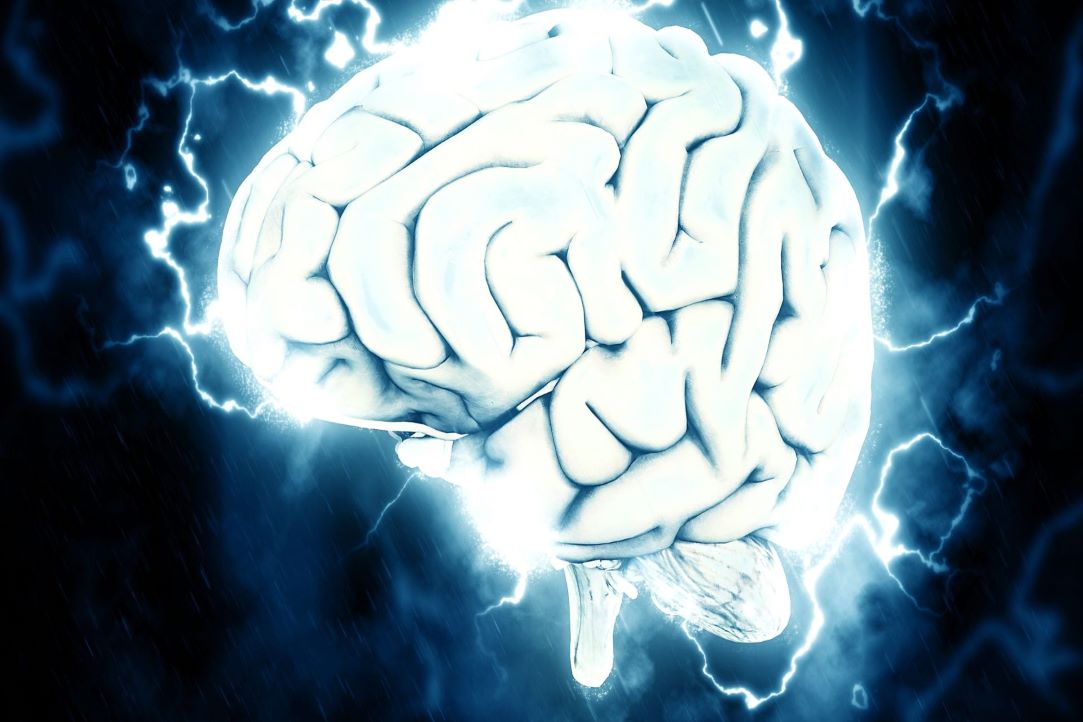The future of neurolinguistics
Neurolinguistics is a quickly developing field and its future is bright. Here are a few things associated with this field that represent its great future.

New techniques
When a person has a brain tumour that is close to the regions of the brain associated with linguistic abilities, doctors often perform an asleep-awake-asleep surgery. A patient is asleep due to anesthesia drugs in the beginning and in the end of the surgery but in the middle they are awake and conscious. This is where clinical linguists can be of help. During the surgery they aid neurosurgeons in testing patient’s linguistic abilities to make sure that language-related areas will be left intact. The method itself is called Direct Cortical Stimulation (DCS) and involves stimulating certain parts of the brain with electrodes.
Besides this testing during the surgery, presurgical language mapping is a prominent technique that is in use in the present. Navigated Transcranial Magnetic Stimulation (nTMS) is a method for preoperative brain imaging. It is very helpful as it reduces the size of the craniotomy (the surgical removal of the part of the skull) and shortens intraoperative procedure. There are needed prerequisites, for example, a cooperative patient, validated protocols, etc.
Although this technique is not perfect and cannot replace language testing during the surgery, there is high correlation between DCS and nTMS. In the future, both of them will become only more efficient and there are even possibilities for a robotic arm to help with the nTMS procedure.
New tools
In the first part of this online course, it was mentioned that neurolinguists often use fMRI (functional magnetic resonance imaging) and EEG (electroencephalography). The disadvantage of fMRI is its low temporal (time-related) resolution and the key downside of EEG is its low spatial (location-related) resolution.
Here is a possible future solution: MEG (magnetoencephalography). It is similar to EEG and fMRI in many ways but it has both high spatial and temporal resolution, so it eliminates the downsides of these two methods. Its spatial resolution is not as good as with fMRI but it is better than with EEG and its temporal resolution is just as good as with EEG.
However, it is very expensive and is not particularly accessible. But there are more and more ways to develop low-cost brain interfaces and hopefully MEG will be the next on the line.
New facts
The ERP component (a peak in electrical brain activity) P600 has long been associated with encountering grammatical errors or other linguistic anomalies. However, new research shows that it actually corresponds to the real-time process of error correction rather than just dealing with grammar mistakes. It is probable that this ERP component shows how a person retrieves a plausible alternative for a certain word with an error and can correct this error.
This shows that even things that seemed already researched and had the conclusions were widely accepted get rediscovered. New facts emerge and this boosts the research in the field further.
Neurolinguistics is truly fascinating. Personally, I adore it. It has a lot to offer from both the neurobiological and linguistic perspectives. Hopefully, after this online course you became at least a little bit interested in it too.
Elizaveta Vilenchik
References
- Gross, J. (2019). Magnetoencephalography in Cognitive Neuroscience: A Primer. Neuron, 104(2), 189–204, ISSN 0896-6273, https://doi.org/10.1016/j.neuron.2019.07.001.
- Rakhmatulin, I., Parfenov, A., Traylor, Z. et al. (2021). Low-cost brain computer interface for everyday use. Exp Brain Res 239, 3573–3583. https://doi.org/10.1007/s00221-021-06231-4
- Ryskin, R., Stearns, L., Bergen, L., Eddy, M., Fedorenko, E., & Gibson, E. (2021). An ERP index of real-time error correction within a noisy-channel framework of human communication. Neuropsychologia, 158. https://doi.org/10.1016/j.neuropsychologia.2021.107855
- C-STAR lectures, Roelien Bastiaanse. Online resource // http://cstar.sc.edu/lecture-series/
Other Topics


